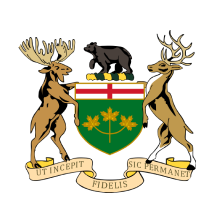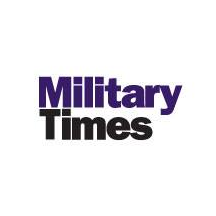OTTAWA — Canadian ministers are preparing to present their proposals for a 15 percent spending reduction, a process that carries significant political implications. This insight into the internal discussions was revealed when a staff member of Environment Minister Julie Dabrusin accidentally included a reporter in a group chat.
The chat occurred last Thursday, just one week before the August 28 deadline for ministers to submit their plans. The spending cuts will begin with a 7.5 percent reduction in the next fiscal year, followed by an additional 2.5 percent cut in the subsequent year, and a further five percent reduction in 2028-29.
During the April federal election campaign, Prime Minister Mark Carney pledged to conduct a comprehensive review of government spending, aiming to create a more fiscally responsible administration. The cuts are intended to help fund Carney's commitment to increase defense spending by approximately $9 billion, enabling Canada to meet NATO's defense spending target of 2 percent of GDP, as well as to finance other tax reductions.
Finance Minister François-Philippe Champagne is expected to present the Carney government's first budget in October. As he and Carney prepare to evaluate spending cut proposals, political staff and officials across various departments are considering the potential impacts of these cuts.
In the group chat, staff discussed the implications of cuts to the Canada Water Agency, which is responsible for managing the protection of Canada’s freshwater resources. The agency, based in Winnipeg and led by President Mark Fisher, operates under the federal environment minister's jurisdiction.
One senior policy advisor noted that cuts could result in reduced efforts for algal bloom restoration across the country, although work in the Great Lakes would be preserved. The advisor pointed out that no other departments conduct similar restoration work, stating, "Others only do science and monitoring."
Dabrusin’s chief of staff instructed the advisor to update the minister on the situation. The advisor expressed uncertainty about how to assist Dabrusin, saying, "There is nowhere else to cut ... she could ask for steeper cuts in (Environment and Climate Change Canada) or accept these (Canada Water Agency) cuts and commit to raising her concerns at (Treasury Board)? Their annual budget is so small you can’t escape political consequences with a 15 percent cut."
When contacted for comment, a spokeswoman for Dabrusin did not clarify how the reporter was added to the group chat or confirm the details of the internal discussion. Instead, Jenna Ghassabeh emphasized the importance of the spending review, stating, "As part of that mandate, we are comprehensively reviewing government spending to ensure programming is being delivered efficiently and effectively. While this process requires candid discussions on various options, no final funding decisions have been taken at this time."
This incident echoes a similar situation earlier this year in the U.S., where a high-stakes leak occurred when a reporter was added to a group chat involving discussions about military action. In Canada, Mohammad Kamal, a spokesman for the Treasury Board President, has not commented on the matter.

 Local News in Ontario
Local News in Ontario

 Military Times
Military Times Crooks and Liars
Crooks and Liars The Boston Globe Crime
The Boston Globe Crime Vibe
Vibe Verywell Health
Verywell Health The List
The List Raw Story
Raw Story